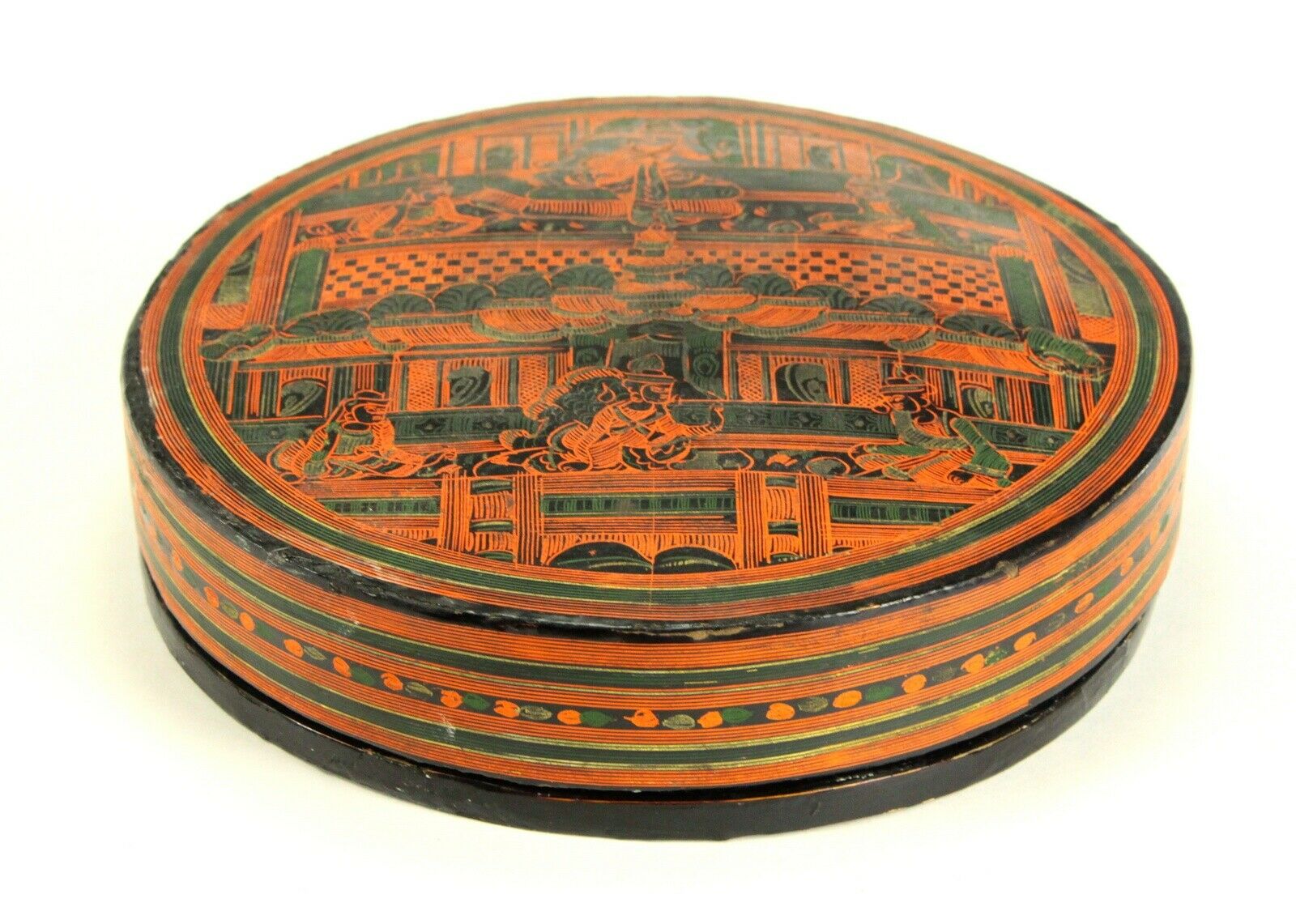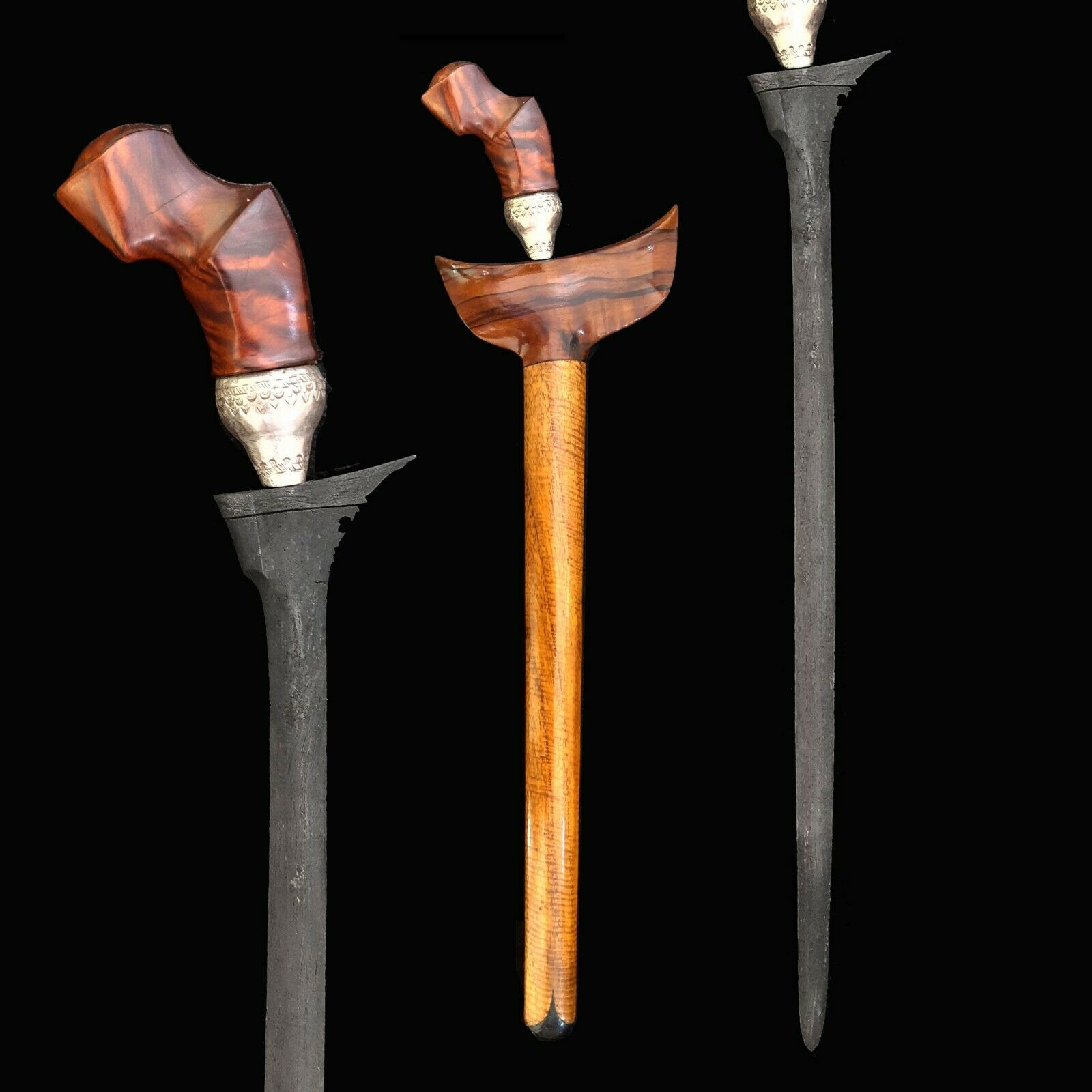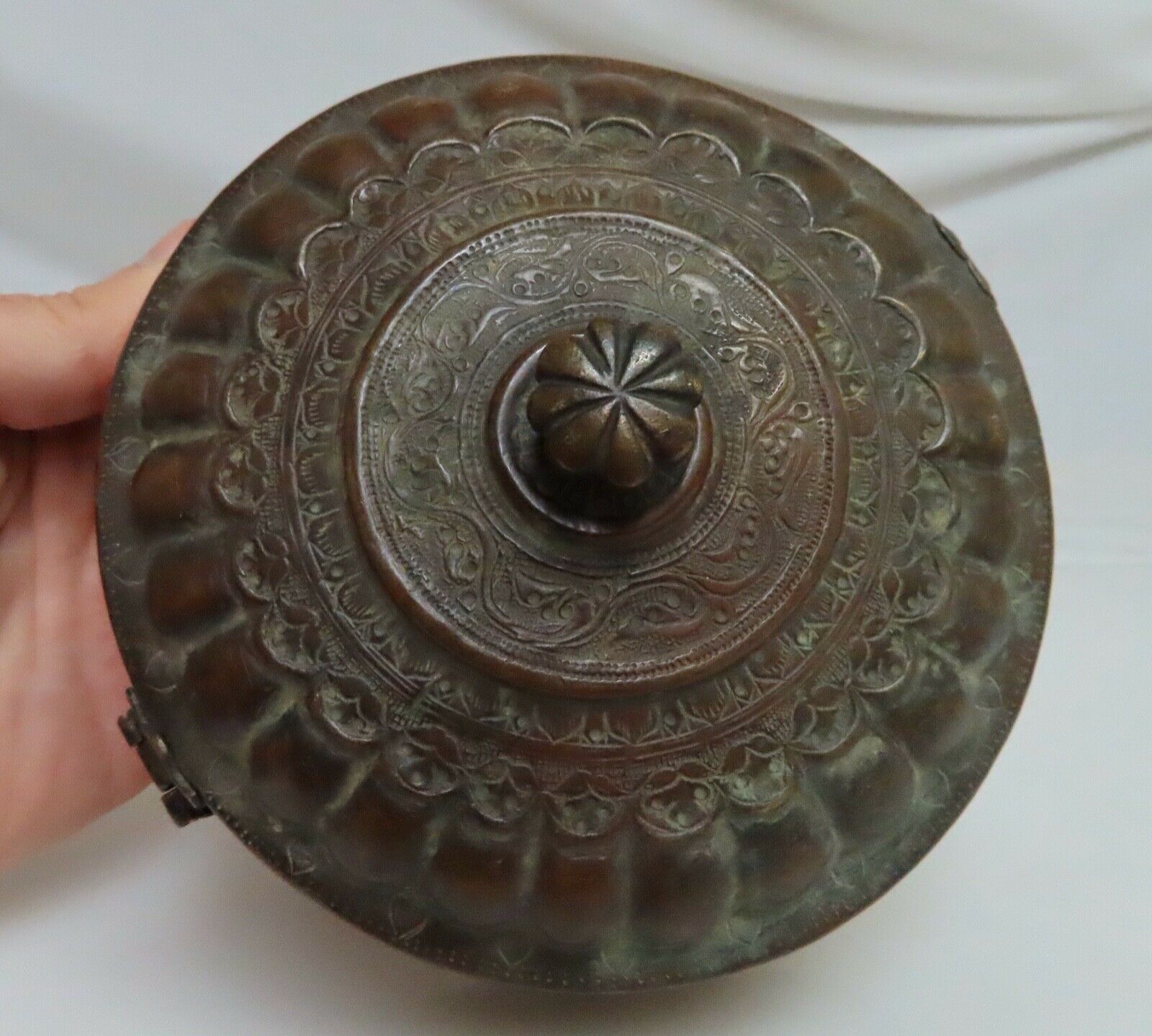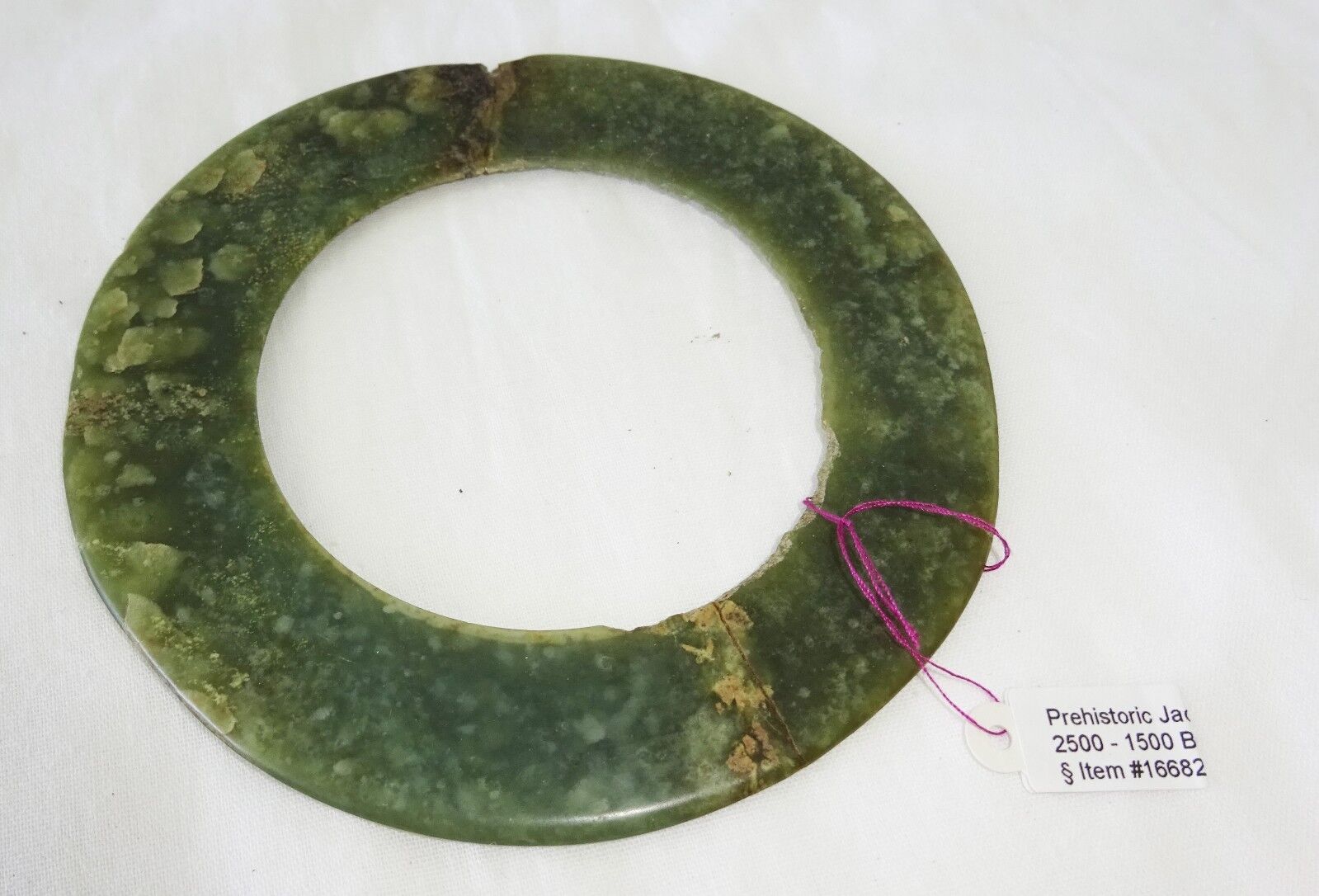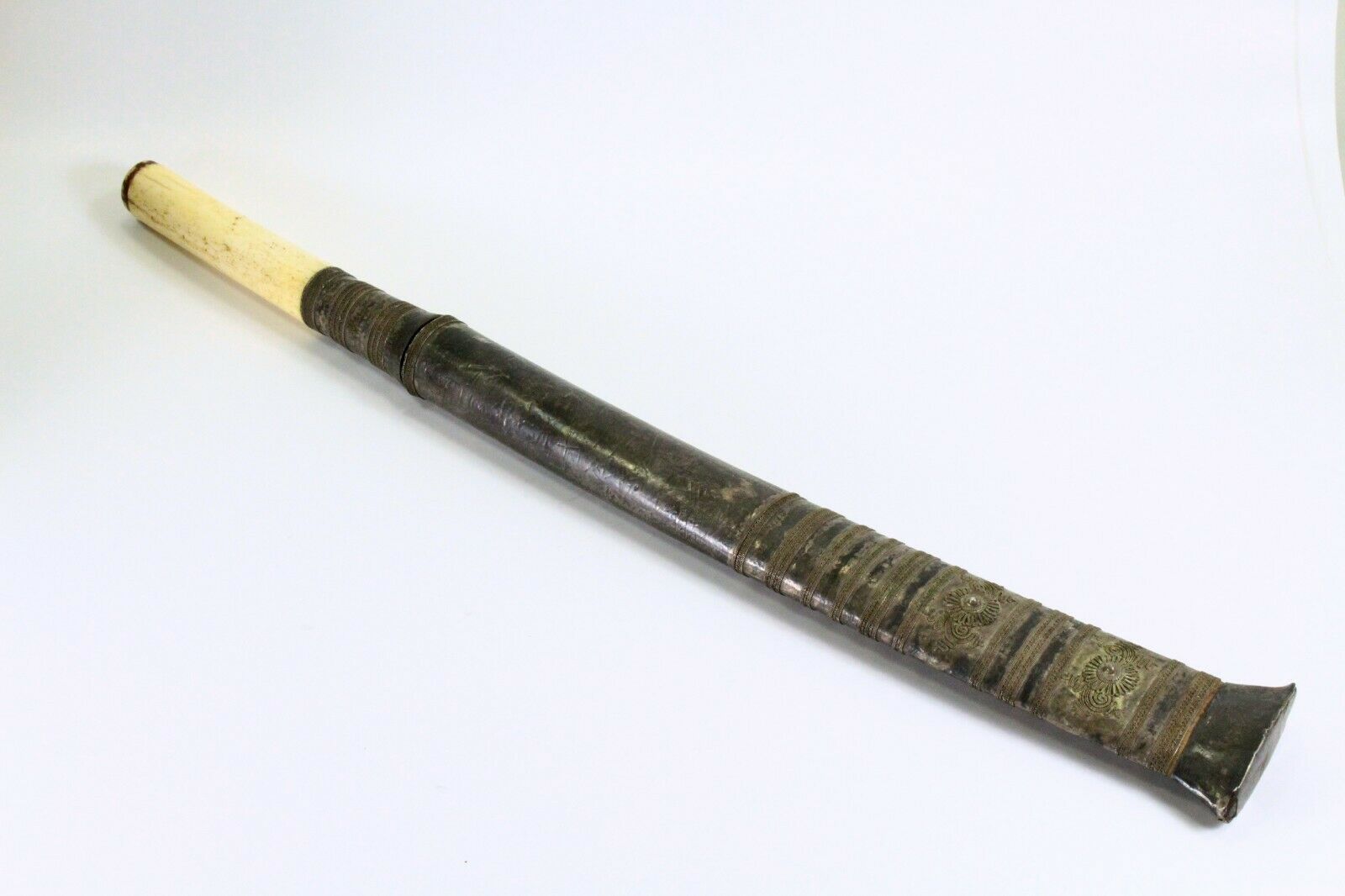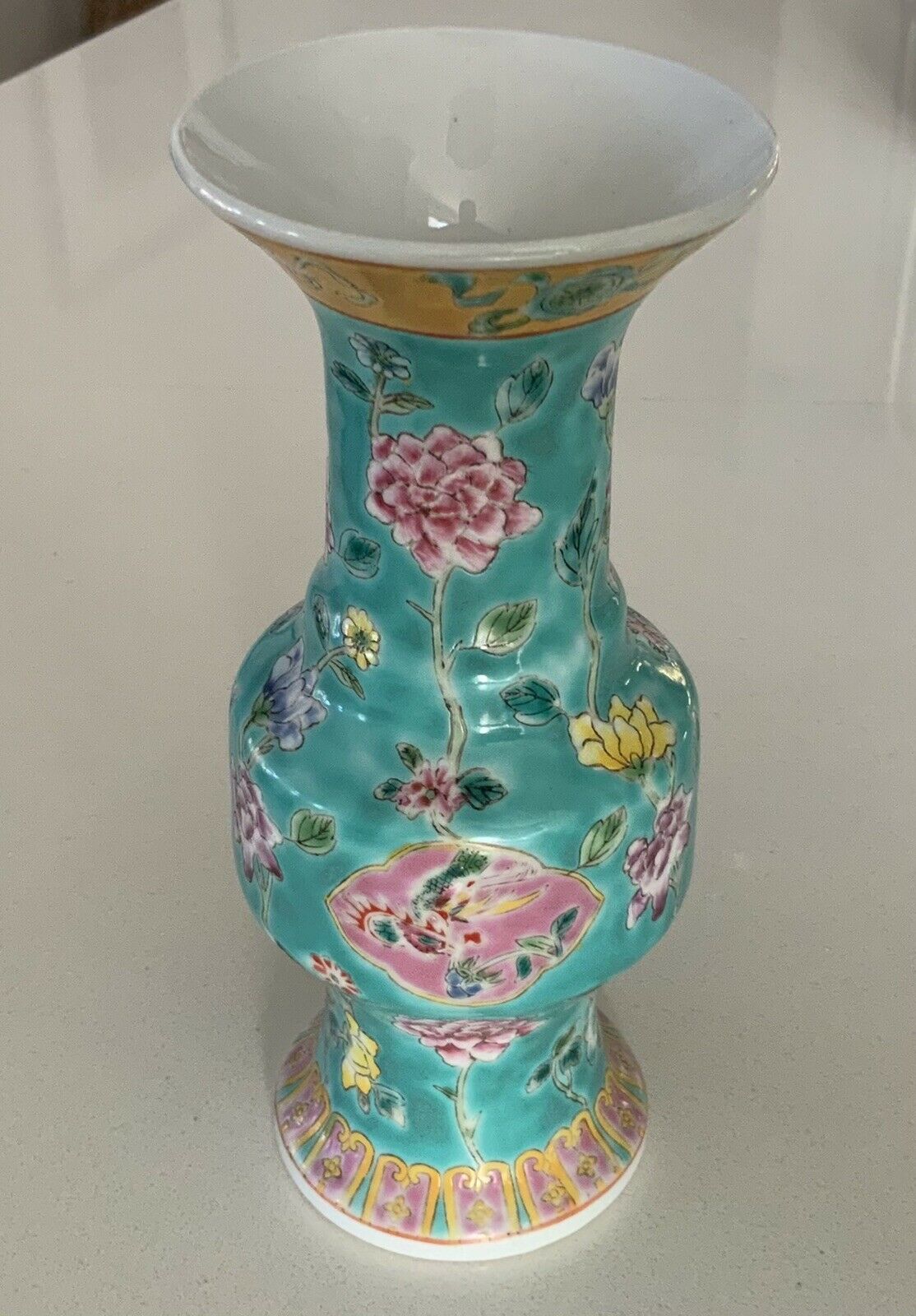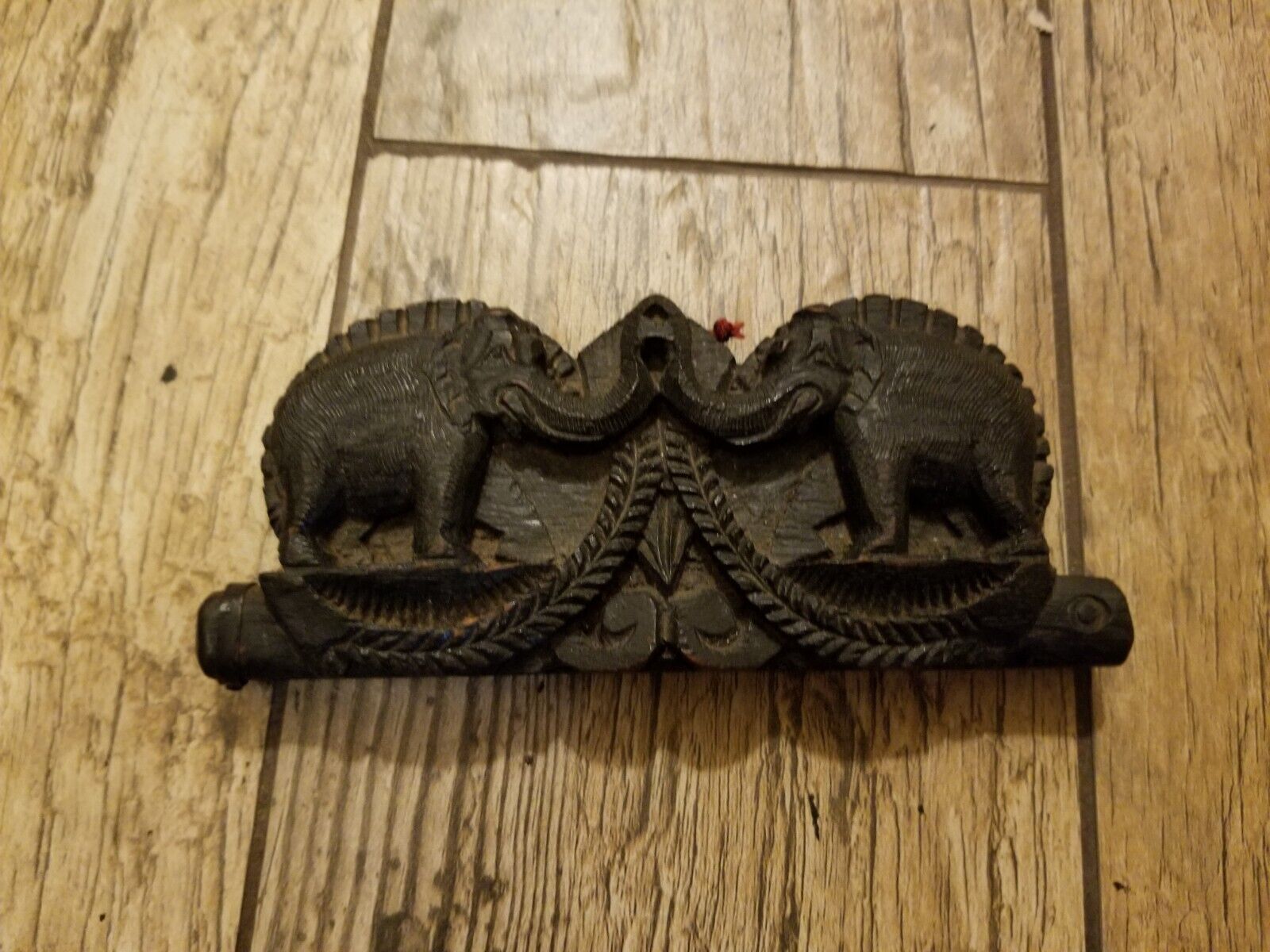-40%
Khmer Antique Angkor Wat Period Bronze Naga Buddha Statue 12th Century
$ 474.67
- Description
- Size Guide
Description
KhmerAntique
Angkor Wat
Period
Bronze
Naga Buddha
Statue
12th Century
This buddha statue was made with the face modeled after King Jayavarman VII (1181-1218 A.D) who ordered the construction of the magnificent Angkor Thom.
Jayavarman VII is generally considered the most powerful Khmer monarch of all time.
The buddha statue dresses in king's outfit,seats in meditation mudra,holding medicine pot (Bhaisaiyaguru),sitting on and being sheltered by seven-headed serpent king (known as Naga in Southeast Asia Cultures).
The buddha statue like this was often made and offered for worshiping at several ancient hospital and rest units (known as Arokaya Sala) that King Jayavarman VII sponsored to build and that his people in his empire can depend upon while traveling from the capital Angkor Thom to the vassal cities, for example, to the city of Pimai (in Thailand) located hundreds of kilometers away.
This bronze buddha item has very highly detailed,most likely made by royal workshop masters.It was made by exceptional lost-wax technique, resulting in very thin bronze layer covering the core of baked clay.Over 700+ years, the bronze surface oxidizes and appears in nice-toned natural brownish green patina with some patch of the bronze surface flaked off as shown in the picture.
Many bronze artifacts we see in today market were less detailed,less skilled,made by less important workshop.This one is most likely by the royal workshop sponsored by the Khmer court.
This bronze item has green patina,in good condition given its age.The patina is very easy to identify as authentic.No doubt.
Width: 6.5 cm. Height : 18.5 cm,Depth: 4 cm.
The seating buddha statue holding medicine pot, often refereed to as Bhaisaj Buddha, has been highly revered in Mahayana Buddhism.
Buddhist prays before Bhaisaj for blessing to overcome sickness.Mahayana Buddhism and Vajrayana Buddhism flourished in Khmer empire at the peak around 12th century.
However, from 14th century onward, Theravada Buddhism (from Ancient Sri Lanka) gained popularity and eventually superseded Mahayana Buddhism in Cambodia and Thailand.
Today Theravada Buddhism is common for Southeast Asian:Thailand,Cambodia,Laos,and Mynmar,while Mahayana Buddhism is still common for East Asian: China, Tibet, Mongolia, Korea, and Japan.
This buddha statue was made with the face modeled after King Jayavarman VII (1181-1218 A.D) who ordered the construction of the magnificent Angkor Thom.
Jayavarman VII is generally considered the most powerful Khmer monarch of all time.
The buddha statue dresses in king's outfit,seats in meditation mudra,holding medicine pot (Bhaisaiyaguru),sitting on and being sheltered by seven-headed serpent king (known as Naga in Southeast Asia Cultures).
The buddha statue like this was often made and offered for worshiping at several ancient hospital and rest units (known as Arokaya Sala) that King Jayavarman VII sponsored to build and that his people in his empire can depend upon while traveling from the capital Angkor Thom to the vassal cities,for example,to the city of Pimai (in Thailand) located hundreds of kilometers away.
This bronze buddha item has very highly detailed,most likely made by royal workshop masters.
It was made by exceptional lost-wax technique,resulting in very thin bronze layer covering the core of baked clay.Over 700+ years, the bronze surface oxidizes and appears in nice-toned natural brownish green patina with some patch of the bronze surface flaked off as shown in the picture.
Many bronze artifacts we see in today market were less detailed,less skilled,made by less important workshop.This one is most likely by the royal workshop sponsored by the Khmer court.
This bronze item has green patina,in good condition given its age.The patina is very easy to identify as authentic.No doubt.
The seating buddha statue holding medicine pot,often refereed to as Bhaisaj Buddha,has been highly revered in Mahayana Buddhism.
Buddhist prays before Bhaisaj for blessing to overcome sickness.Mahayana Buddhism and Vajrayana Buddhism flourished in Khmer empire at the peak around 12th century.
However, from 14th century onward,Theravada Buddhism (from Ancient Sri Lanka) gained popularity and eventually superseded Mahayana Buddhism in Cambodia and Thailand.
Today Theravada Buddhism is common for Southeast Asian:Thailand,Cambodia,Laos,and Mynmar,while Mahayana Buddhism is still common for East Asian:China,Tibet,Mongolia,Korea,and Japan.
Shipping: Item(s) shipped direct from Thailand worldwide,through Thailand Post Registered Airmail (3-4 weeks) or Sea Freight (4-5 weeks) depending on container size and weight.
Purchaser is responsible for any applied Customs Duty Fees Taxes and related unforeseen charges, which may be assessed by the Buyers Government. All items shall include insurance,and will be handled with the utmost care and professionally packed.
The winning bidder agrees that any and all claims for loss,damage,or confiscated by country customs of the item will be handled solely through the insurance claims process or the shipping carrier.
I
tems shipped by 'Boat' shall include all necessary documents required for customs clearances,including 'Bill of Lading' and transfer documents - Purchaser is responsible for "Delivery Charges" for Ground Freight Sevice from Port of Entry to your final destination,and must be arranged between you the "Purchaser" and the Sea Freight agent upon arrival of your crate (normally you will be contacted prior to shipment's arrival). Buyer is responsible for any applied Customs Duty Fees,Taxes,
Over-stay Dock fees, and related unforeseen charges, which may be assessed by the Buyers Government.










